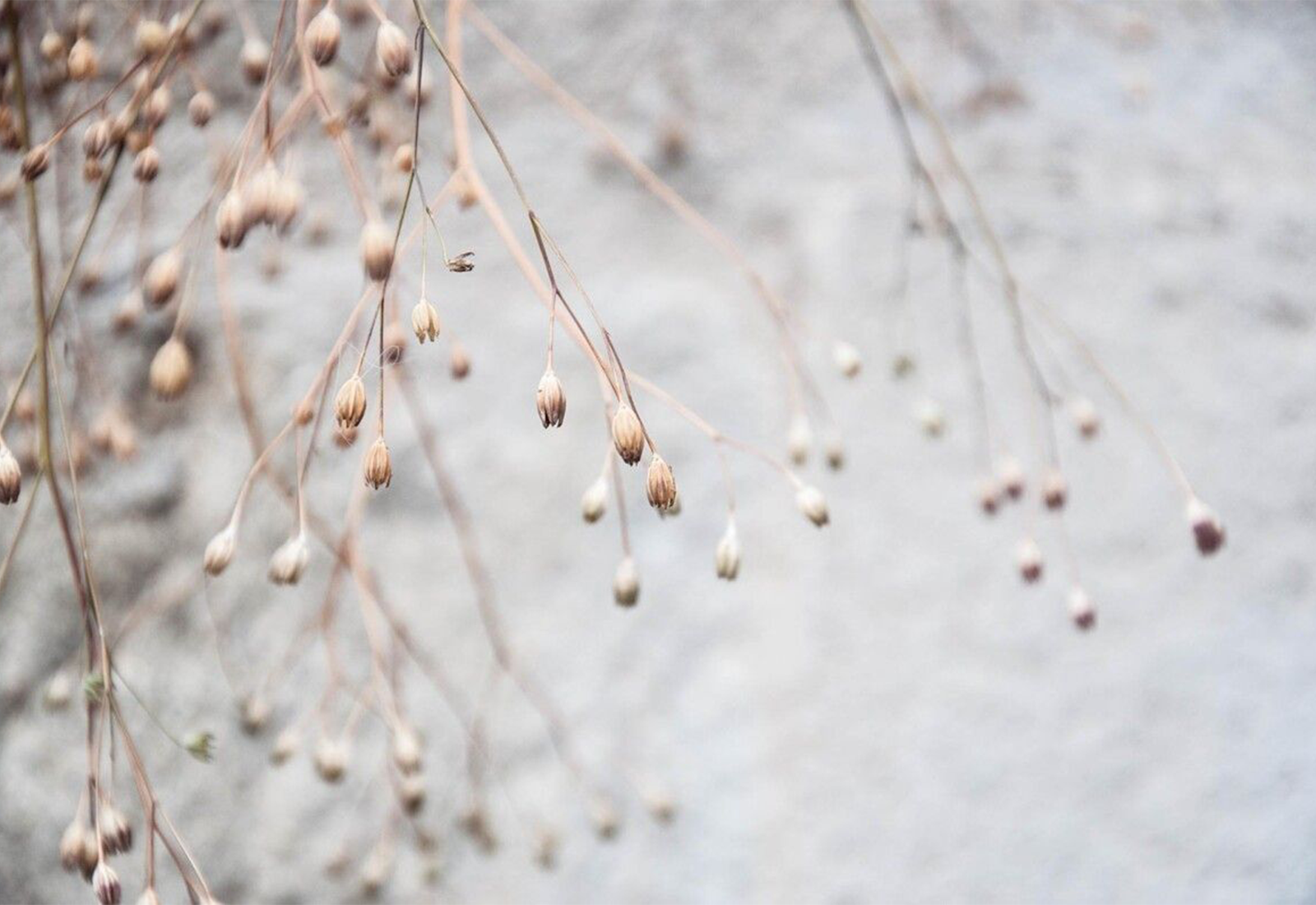LINEN
Linen was almost completely displaced by cotton at the end of the 19th century, but has regained importance in recent years in view of its valuable properties. The largest linen-growing areas in the world are in Russia, Egypt, China, the EU and Ukraine.
The flax plant is the source from which linen is obtained. Flax is undemanding and thrives well even on poor soils in Europe, which is why it is very ecological and environmentally friendly, both when cultivated and when processed. In production, linen is considerably more sustainable than cotton. The flax plant requires significantly less water to grow. Natural rainfall is sufficient for plant growth. Thus no additional irrigation is needed. Processing is mechanical and without any use of chemicals.
Linen has valuable properties. The fibre is hard-wearing, stable and durable. It meets the highest hygiene standards thanks to its antibacterial, dirt-repellent, water-binding and odour-neutralising functions.
Bed coverings made of natural linen fibres can easily be kept fresh by airing them daily or washing them occasionally when necessary – because cleanliness has a direct effect on our wellbeing. In addition, the material provides natural protection against electrostatic charge. At the same time, it is breathable and scores points for its great water absorption capacity and rapid moisture exchange.
Advantages you can feel: Due to its excellent temperature-balancing properties, linen keeps you cool in summer and is pleasantly warm in winter.
As a natural fibre, linen is one of the leaf fibres; the linen fabric is obtained from the stems of the flax plant. The linen fibre differs from cotton in that it forms bundles, whereas cotton consists of unconnected individual fibres. The production of linen consists of the following steps:
To begin with, the flax plants are harvested – that is to say, they are pulled out of the ground with the help of special machines. For subsequent drying, they are usually simply left lying in the fields. In the next step, the resulting straw is teased, roasted and dried again. This is followed by the breaking, scutching and heckling of the straw as further steps on the way to creating the linen fabric. The final step completes the process. Here the bast is combed into spinnable fibre bundles. Finally, linen fabric is produced by spinning the fibres into threads or weaving them into plain weave.
